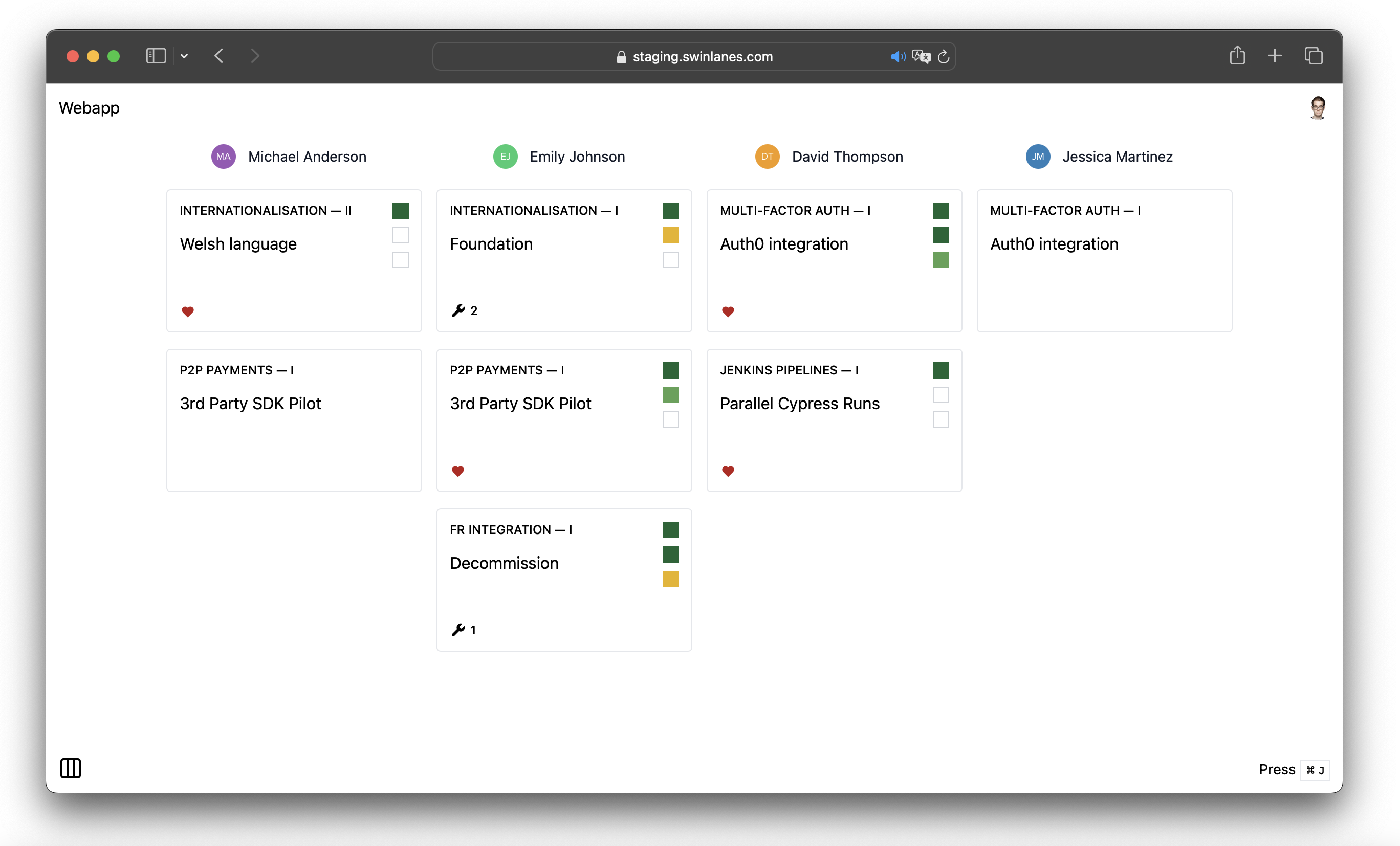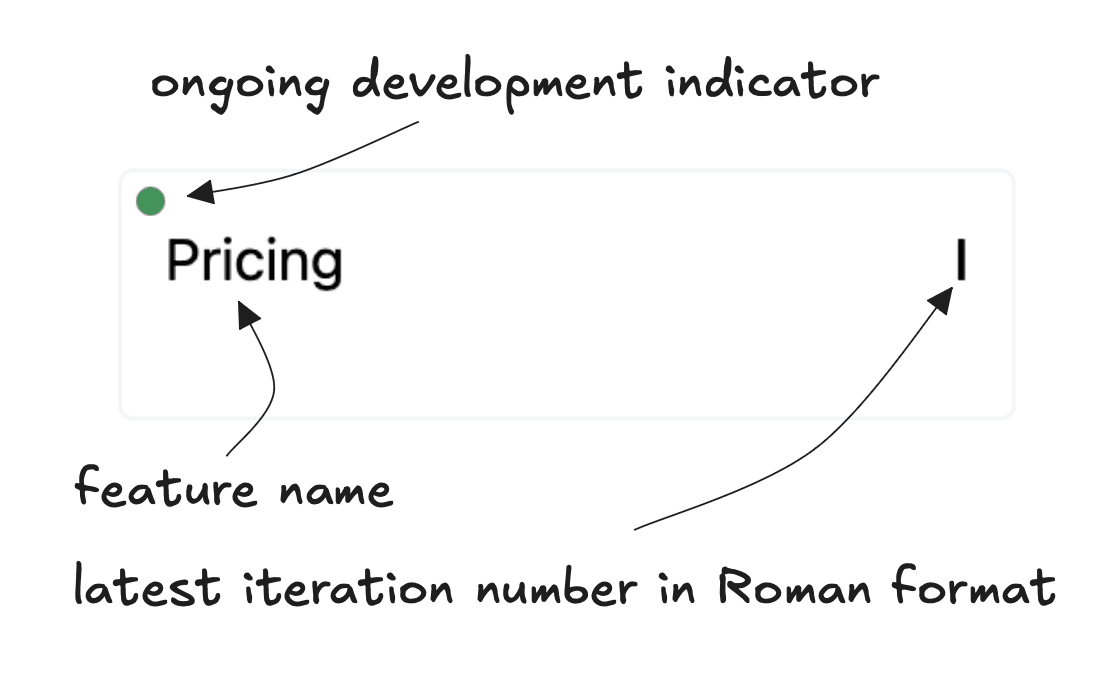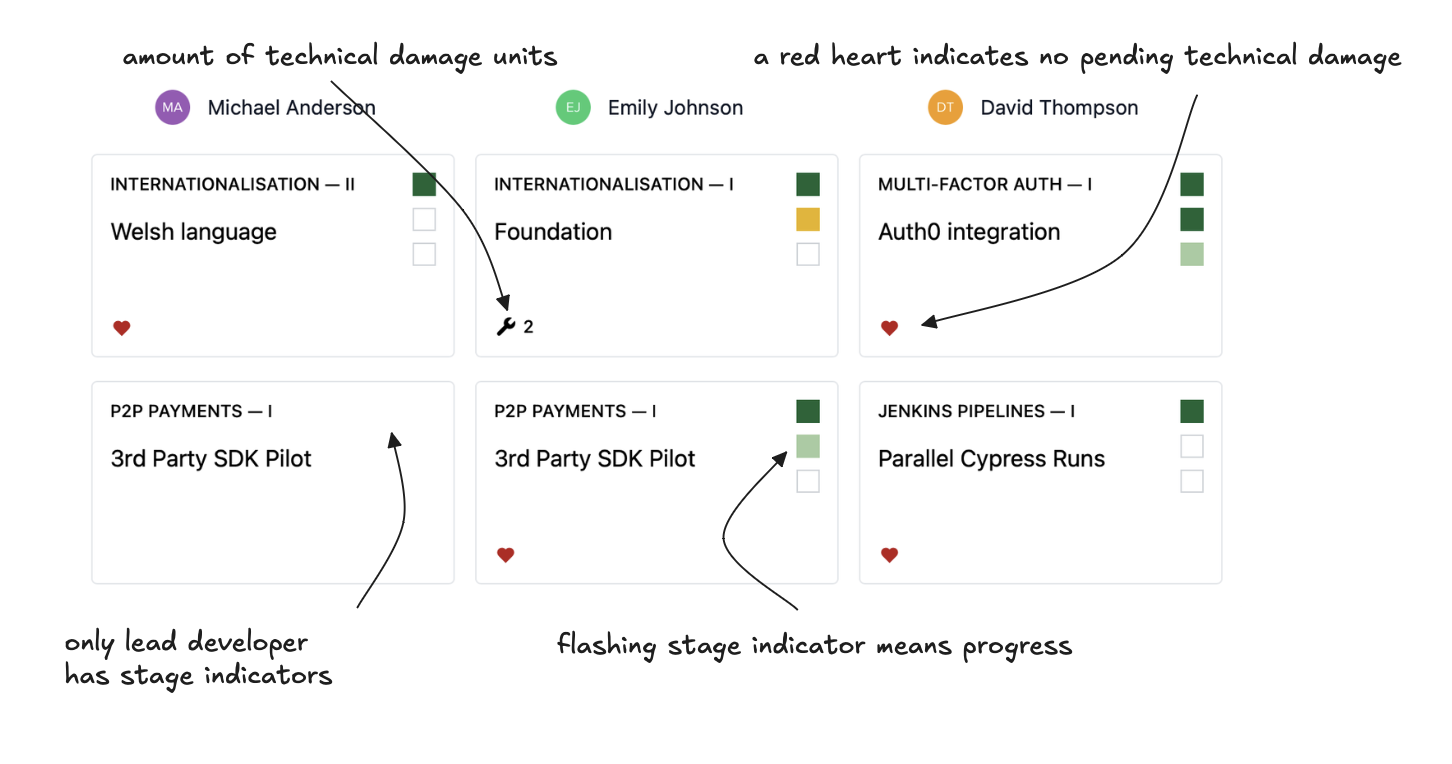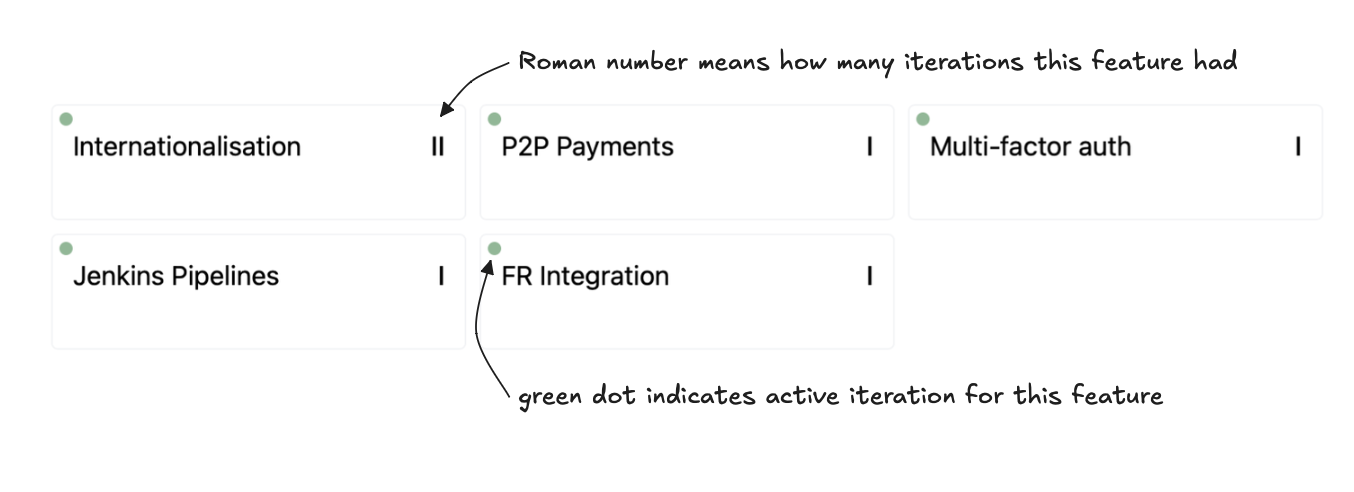Don't be agile. Be yourself.
Meet nextgen product management tool designed to save your time, eliminate technical debt and promote high-quality programming.
We warn you: this is not just another Jira clone.

Word from the Author
Danil Chernyshev
For over two decades, the software engineering community has been gaslit to believe in the superiority of Agile development. Agile became the dominant methodology, and its primary embodiment, the Kanban board, introduced in 2003, is now used by nearly every software engineer worldwide.
However, Agile and Kanban rose to dominance despite two fundamental flaws.
The first problem lies in the set of ambiguous platitudes from the Manifesto for Agile Software Development. These values and principles are so vague that they cannot directly be applied to software engineering. For over 20 years, people have debated what Agile truly is and how it should work. Yet, this ambiguity has paved the way for the writing of countless books, training courses, and certifications for Scrum Masters and Agile practitioners.
Software engineering requires logic, precision, and clarity to succeed. Agile principles, on the other hand, are the opposite — intentionally vague so that companies must hire Agile coaches to teach them how to “be Agile.” And if Agile doesn't work for you? Well, invoking No True Scotsman fallacy, they'll say you're just not doing it right.
The second, and most fundamental problem, is the Kanban board itself, which originated from Toyota's car manufacturing practices. Anyone who thinks critically can see that a car assembly line — a transactional process — has literally nothing in common with software engineering, which is a non-transactional process that involves solving complex problems with many unknowns.
A car assembly line is a well-defined execution of blueprints, where 300 stations carry out the same tasks repeatedly, with those stations largely independent of one another. You also cannot change, for example, size of your tires in the middle of assembly line, it's simply not designed for that.
Software engineering, on the other hand, is the creation of programming blueprints. It deals with constantly evolving requirements, unexpected problems both large and small, and relies heavily on logic, experience, and collaboration with others' code.
The ticket-based mentality born from the Kanban board has undermined the software engineering profession and destroyed true code ownership. Just like on an assembly line, the process can't stop — it has to keep moving, or sprinting. As a result, many engineers care much less about the quality of their work and more about simply closing out tickets. Any bugs from poorly written code? They just open another ticket.
The era of Agile and Kanban begins to fade today. The assembly-line mindset has failed software engineering. That's why I've created a new product management tool called Swinlanes, built on a completely different approach. It's like building an ever-growing skyscraper, and frankly, it's much simpler than Kanban board. It aligns with how people naturally write software.
In Swinlanes, developers work on feature iterations, which form features, which then form products. There are no tickets, no boards, no estimations, no sprints, no tasks, epics, planning poker, or backlogs. Just features and their iterations.
I encourage you to read the Swinlanes handbook. It's unlike anything you've seen before, so give it a thorough read. Follow Swinlanes on X.com and join the Swinlanes subreddit.
From London with love,
Danil
Software development has never been like an assembly line — it is much closer to building an ever-growing skyscraper.
You don’t need a specific methodology to deliver software products. The Swinlanes approach organizes features into iterations, with each iteration having developer swinlanes and technical damage lane.


Feature iteration
contains one or more developer lanes and technical damage lane.
Learn more in Handbook
Delivery & documentation. Finally, together
In Agile, documentation often gets neglected and becomes difficult to maintain. With IF Method, your features serve as the documentation, eliminating the need to create separate docs and user stories.
Developer Queues
Here, you can easily track the current status of each active feature iteration with a level of granularity that’s impossible on a Kanban board. Each iteration stays within the developer’s swimlane from start to finish, only moving to the Productbase once all stages are fully completed.

Productbase
